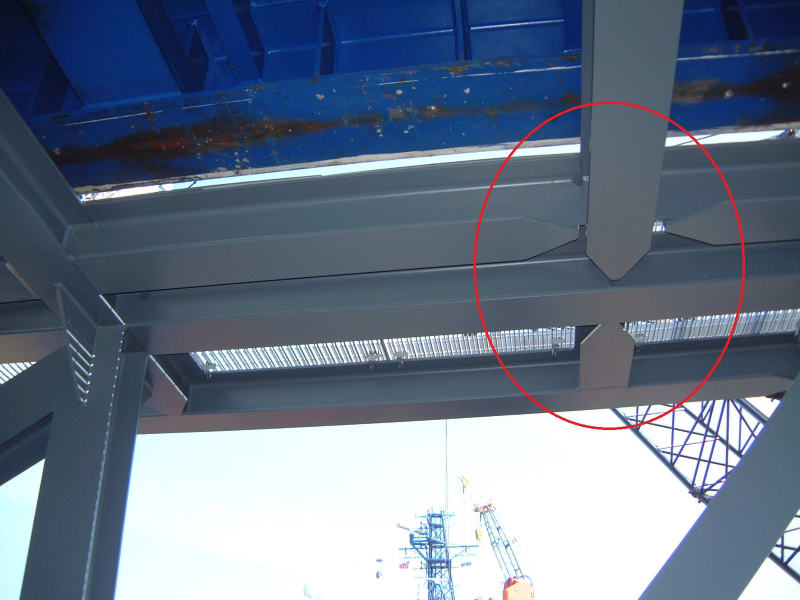Can anyone explain the following connection;
I-beam to I-beam (same depth and orientated in the same plane) 'Tee' connection - Top flange to top flange welded, web to web welded, intersecting bottom flange sniped and not welded to other flange.
It would seem to me that this is not fully fixed or fully pinned. I'm not sure I see the purpose of this connection.
I-beam to I-beam (same depth and orientated in the same plane) 'Tee' connection - Top flange to top flange welded, web to web welded, intersecting bottom flange sniped and not welded to other flange.
It would seem to me that this is not fully fixed or fully pinned. I'm not sure I see the purpose of this connection.

